Dietary protein shapes the profile and repertoire of intestinal CD4+ T cells
- PMID: 37191720
- PMCID: PMC10192604
- DOI: 10.1084/jem.20221816
Dietary protein shapes the profile and repertoire of intestinal CD4+ T cells
Abstract
The intestinal immune system must tolerate food antigens to avoid allergy, a process requiring CD4+ T cells. Combining antigenically defined diets with gnotobiotic models, we show that food and microbiota distinctly influence the profile and T cell receptor repertoire of intestinal CD4+ T cells. Independent of the microbiota, dietary proteins contributed to accumulation and clonal selection of antigen-experienced CD4+ T cells at the intestinal epithelium, imprinting a tissue-specialized transcriptional program including cytotoxic genes on both conventional and regulatory CD4+ T cells (Tregs). This steady state CD4+ T cell response to food was disrupted by inflammatory challenge, and protection against food allergy in this context was associated with Treg clonal expansion and decreased proinflammatory gene expression. Finally, we identified both steady-state epithelium-adapted CD4+ T cells and tolerance-induced Tregs that recognize dietary antigens, suggesting that both cell types may be critical for preventing inappropriate immune responses to food.
© 2023 Lockhart et al.
Conflict of interest statement
Disclosures: The authors declare no competing interests exist.
Figures

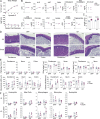

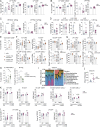
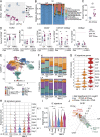
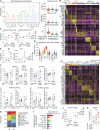




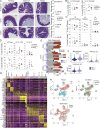

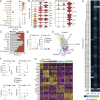

Update of
-
Dietary protein shapes the profile and repertoire of intestinal CD4 + T cells.bioRxiv [Preprint]. 2023 Apr 13:2023.04.11.536475. doi: 10.1101/2023.04.11.536475. bioRxiv. 2023. Update in: J Exp Med. 2023 Aug 7;220(8):e20221816. doi: 10.1084/jem.20221816. PMID: 37090529 Free PMC article. Updated. Preprint.
References
Publication types
MeSH terms
Substances
Grants and funding
LinkOut - more resources
Full Text Sources
Molecular Biology Databases
Research Materials

